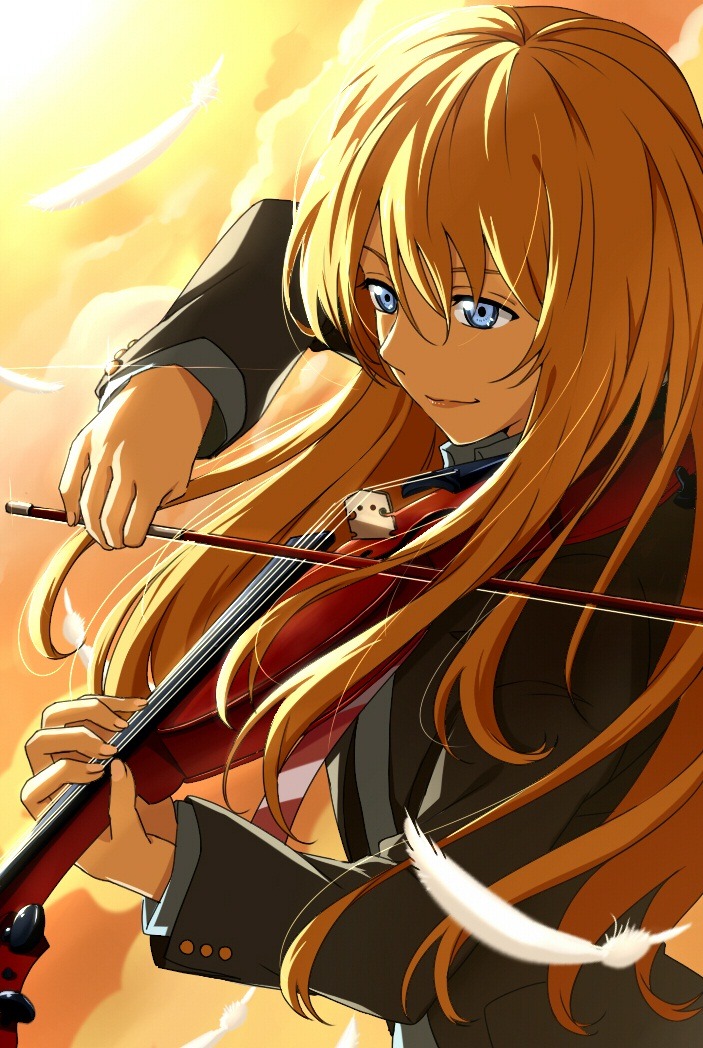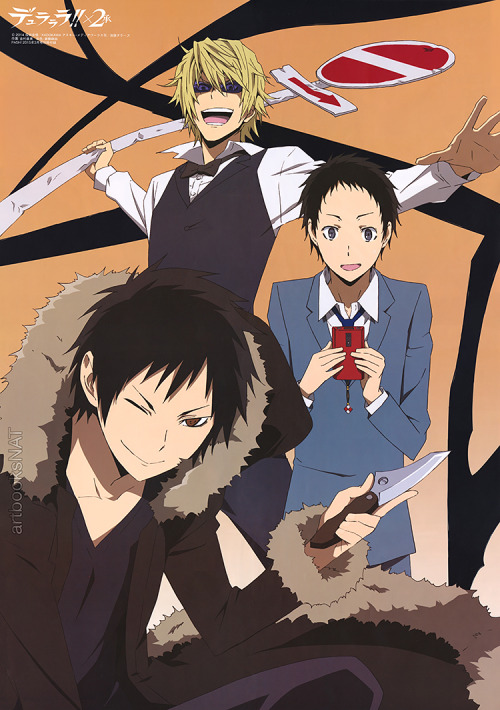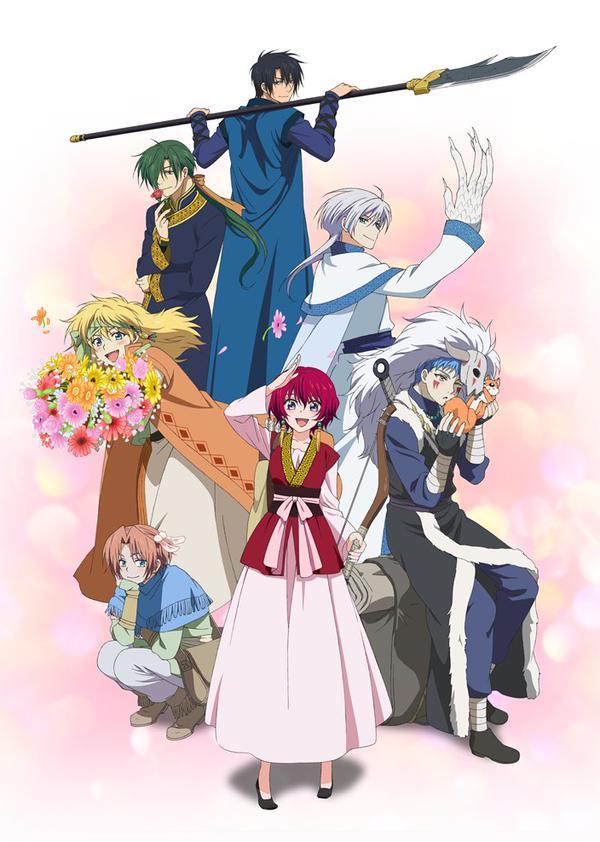In F. Scott Fitzgerad’s novel The Great Gatsby, one of the main ideas of the novel is that the American dream of success is being defined by wealth and status instead of by freedom and individualism. The 1920s was a decade of wealth, consumerism, and prosperity, with many new people becoming rich quickly through the stock market and the booming economy. However, with all of this change in lifestyle came a conservative retaliation, from those who have been rich all their lives and believe the people with this “new money” are tarnishing the country. The American dream also morphed for the poor, as they began to believe that the only way to be happy and successful in life is to be wealthy, as money appears to solve all of the rich people’s problems. Each of the characters in The Great Gatsby signifies one of these aspects of American society: Daisy and Tom Buchanan symbolize old-fashioned traditions, Gatsby and Nick represent the newcomers into the world of prosperity, and the Wilson family are the poor, dreaming aspect of American life, wishing for something more in their seemingly insignificant lives. F. Scott Fitzgerald’s novel The Great Gatsby is a social commentary on the American culture of the roaring 1920s, showing how the traditional American dream of freedom and individuality crumbled beneath a mountain of wealth, greed, oppression, and carelessness.
To contextualize, the 1920s was the period following World War I, and as Eric Foner states, “With its flappers (young, sexually liberated women), speakeasies (nightclubs that sold liquor in violation of Prohibition), and a soaring stock market fueled by easy credit and a get-rich-quick outlook, it was a time of revolt against moral rules inherited from the nineteenth century,” (Foner 819). This was a decade when new industries relating to cars and electronics sprung into existence, such as General Motors. Due to this increase in available consumer goods, American society became more concentrated on the buying and selling of these products. Credit, in which people could buy products now and pay later, became more popular, and advertising also became more prominent in American life. It was also the time that saw America’s first celebrities, like the actor Charlie Chaplin, baseball star Babe Ruth, and aviator Charles Lindbergh. However, there were many Americans who resented these newfound liberties, viewing them to be immoral, and they also feared the new ethnic and racial diversity found in American cities. With a reemergence of the Klu Klux Klan and the Monkey Scopes Trial combating the idea of Social Darwinism, it seemed like there were many traditional Americans not ready for change. Along with these traditionalists, there were also the poor, who mostly lived on farms or in the cities as low-wage workers. These people looked up to the rich and affluent, thinking that wealth was the key to happiness, and moved out East to attempt a climb to prosperity. All of these aspects of American society are represented in The Great Gatsby, with the most prominent example being Gatsby himself.
James Gatz is a poor man living a rich man’s sham. He grows up out west in North Dakota, and dreams of wealth and success: “The most grotesque and fantastic conceits haunted him in his bed at night. A universe of ineffable gaudiness spun itself out in his brain…each night he added to the pattern of his fancies…they were a satisfactory hint of the unreality of reality,” (Fitzgerald 99). After he meets Daisy, he decides to act on his fantasies. He is in love with her, but due to her status in the upper echelons of society, he believes that the only way they can be together is if he becomes rich. This is displayed during the scene in which Gatsby shows Daisy his house: “He [Gatsby] hadn’t once ceased looking at Daisy, and I think he revalued everything in his house according to the measure of response it drew from her [Daisy’s] well-loved eyes,” (91). His method of making money, though, is shrouded in mystery. For a good portion of the book, Gatsby hides his past from the other characters, arousing suspicion and spreading rumors. Tom is the one who discovers that Gatsby made his fortune by taking advantage of Prohibition and illegally selling alcoholic beverages with Mr. Wolfstein. This begs the question: why should a man have to resort to breaking the law to achieve a noble goal? Why is money so intertwined with this vision of happiness? Ultimately, his fortune does not win Daisy over, and Gatsby dies alone. Money and status did not help Gatsby achieve his dream at all. As shown by the lives of the Buchanans, money and status can lead to personal dissatisfaction and relationships lacking substance.
Tom and Daisy Buchanan are two people who have been born into a fabricated version of the American Dream. Tom comes from a very wealthy and old family, while Daisy is a southern belle from a comfortable family. The two get married because Daisy appears to be the ideal wife for a man of Tom’s stature. True love does not exist in their relationship, as Tom carelessly has an illicit affair with another woman. When Gatsby returns, he decides to make a fortune to attract Daisy back, as he believes that is the only way to rekindle their old romance. However, Daisy becomes disenchanted with Gatsby, as the new materialistic Gatsby is too similar to Tom, the disloyal and unpleasant man she’s already married to. Daisy and Tom are also not fond of the “new money” in American culture. During one of Gatsby’s parties, Nick observes, “She [Daisy] was appalled by West Egg, this unprecedented ‘place’ that Broadway had begotten upon a Long Island fishing village – appalled by its raw vigor that chafed under old euphemisms and by the too obtrusive fate that herded its inhabitants along a short-cut from nothing to nothing,” (107). This traditional mindset represents the backlash towards all these new aspects of American culture, but ironically, since both Tom and Daisy have technically achieved the American dream of monetary happiness, the American dream is backwards. Daisy is trapped in an unhappy marriage with a man she does not love because leaving him would ruin her pristine image of an innocent southern belle. However, poor woman have more freedoms, such as the right to work in factories and be with whomever they want without facing social repercussions. African Americans look up to men like Tom, but do not realize that those men are selfish men who would prefer that Africans be enslaved again, as Tom says, “It’s up to us, who are the dominant race, to watch out or these other races will have control of things,” (13). Ironically, by pursuing wealth, all these people are achieving is a lifestyle of less freedom and individuality, and more focused on image and material objects. However, people like Myrtle Wilson still strive for this lifestyle, and remain ignorant towards its hidden vices.
Myrtle and George Wilson live a lower-class lifestyle while striving to succeed. Mr. Wilson is an honest businessman who owns a car repair shop, but his hard work results in low wages. His lack of money is shown by how he borrows a suit to wear to his wedding with Myrtle, which causes Myrtle to believe their marriage is a mistake: “The only crazy I was was when I married him. He borrowed somebody’s best suit to get married in, and never told me about it,” (35). Myrtle believes that the ideal life is one of objects, wealth, and appearances. She wears the fanciest clothing she can find, and cheats on her husband with Tom so she can feel rich by association. When Tom buys her a dog in the novel, she does not know anything about the breed or how to take care of it. However, because Myrtle sees rich people walk around with lapdogs, she wants a lapdog as well, so she can appear rich. As for Tom, he is attracted to Myrtle because, at heart, he is the opposite of high class: he is racist, sexist, selfish, and he disrespects his wife. Myrtle represents a fantastical escape from his dispassionate marriage. As Tom is part of an upper echelon of society, he is not able to freely be with Myrtle without potentially sacrificing his reputation, which is another example of the oppression that comes with being upper class. Finally, when Myrtle is killed, Tom and Daisy take no responsibility for their crimes despite their guilt. Instead, the burden falls upon Mr. Wilson, the honest businessman who does nothing wrong, and because he feels justice will not prevail in this case, he takes matters into his own hands. The end result is Gatsby getting shot by Mr. Wilson, Mr. Wilson then killing himself, and the Buchanans cowardly retreating back into the security of their money. Why do the honest yet poor people have to clean up the mess? Is the American dream truly about abandoning responsibility in such a crude manner? According to the protagonist Nick Carraway, and therefore F. Scott Fitzgerald, the American dream should be about something entirely different.
Being wealthy in 1920s America comes with its own restrictions and misconceptions, but even today, people still believe money can buy happiness, and strive to be wealthy. As displayed in The Great Gatsby, everyone who is not rich wants to be rich, but the people who are rich do not actually achieve their desires. The character that finds a middle ground in the novel is Nick Carraway. Nick is a middle-class man from out West, who moves East out of necessity. Over the course of the novel, Nick observes and analyzes the behaviors of the other characters, specifically Daisy, Tom, and Gatsby. His reaction is disgust, except towards Gatsby. He instead comes to the conclusion that “it was what preyed on Gatsby, what foul dust floated in the wake of his dreams,” that really destroyed him (2). In other words, outside forces, specifically the misguided desire to be wealthy as a solution to one’s problems, corrupted what was otherwise a noble cause of wooing the woman he loves. Fitzgerald points out multiple times that his characters that have supposedly achieved the American dream of wealth are discontent. Daisy and Tom are not in love with each other, Gatsby is not able to achieve his goal of being with Daisy by dazzling her with his wealth, and the Wilson family is destroyed because of Myrtle’s wish to feel rich. The only character to truly see through all this corruption is Nick, the observer. He ultimately comes to the conclusion that the so-called “American dream” is corrupt. Nick’s character illustrates Fitzgerald’s message that wealth does not guarantee happiness, but the search for individualism and sincere self-expression is in itself a method of attaining freedom and happiness. Nick exemplifies F. Scott Fitzgerald’s ideal American dream by finding solace in writing about his experiences at his home in the Midwest, without ever amassing a huge fortune and remaining true to himself.
Works Cited
Fitzgerald, F. Scott. The Great Gatsby. New York: Scribner, 2004. Print.
Foner, Eric. Give Me Liberty: An American History. 3rd ed. Vol. 1. New York: W.W. Norton,
2012. Print.








